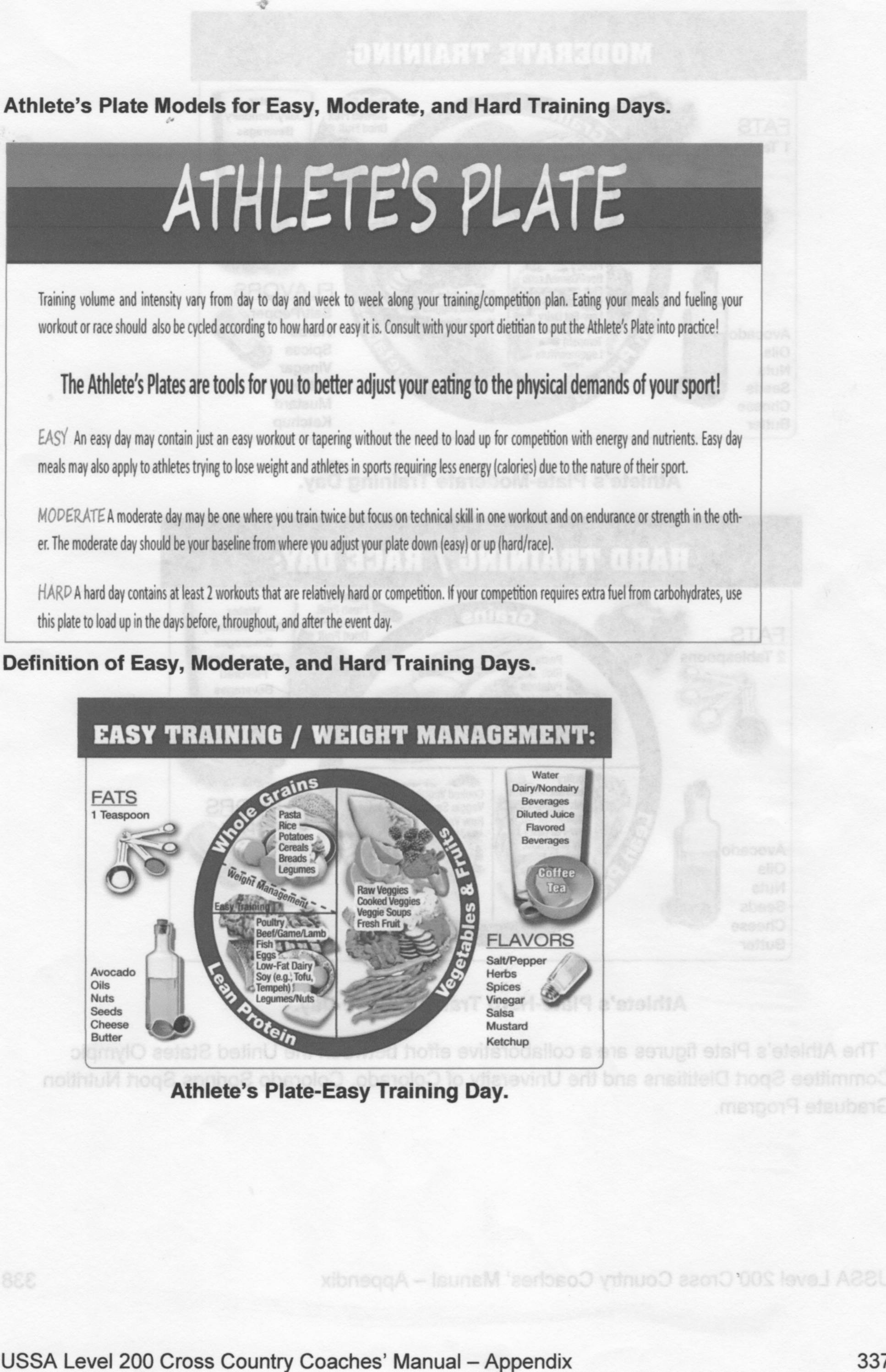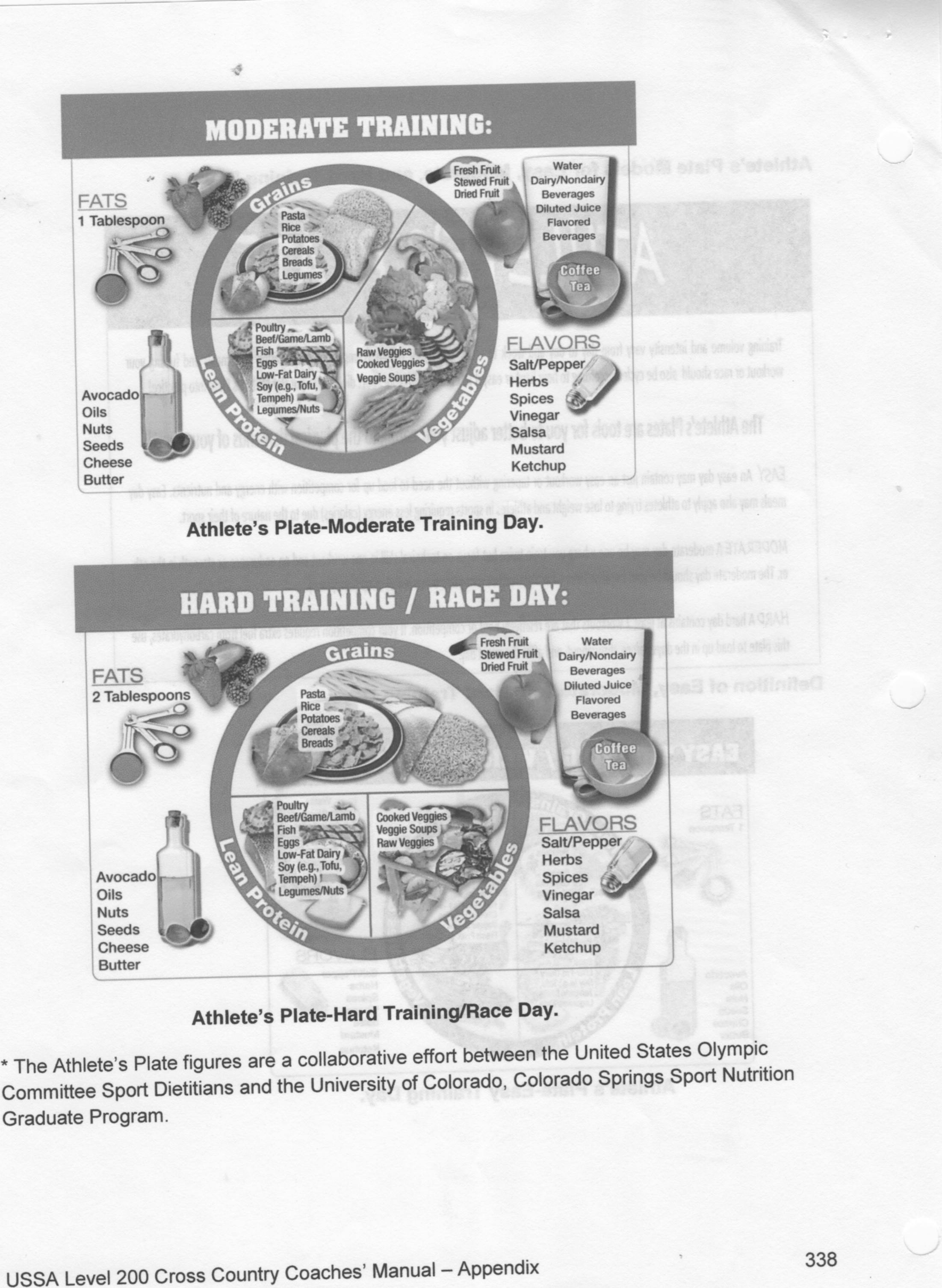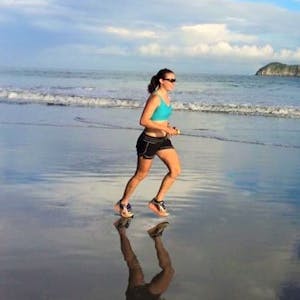What do other runners eat?
Got a question for the coaches? Send it to newsletter@uppervalleyrunningclub.org and I'll send it on!
Since Working from from a lot more, I've been fortunate to make more time to up my weekly mileage. I have also been using Strava more and noticed that there are a lot of club members who run 50+ miles a week. What do other runners eat? I like cooking and eating and snacks but looking for advice on adapting eating to changing mileage.
— Madeleine Bothe
Laura Hagley
Okay, so....I know you're asking the coaches, but I have a coach myself for this. Nearly 10 years ago, Dr. Laleh changed my nutrition for life, and therefore a key component of what helped me get to Olympic Trials. Her plan changed my body, my running, recovery, and energy in life. https://www.drlaleh.com/
I run about 90-100 miles per week now, and labs have gotten better and better over the years. I love to cook, there's plenty of variety, and all available from our Upper Valley neighborhood.
Okay, off my excited Laleh soap box...:)

Laura Hagley
Laura Hagley, DPT, CSCS, EP-C runs competitively for Millennium Running Club. She placed 25th at 2016 Olympic Trials, and competed in the Elite Women’s Wave of the 2016 Boston Marathon. Professionally, Laura is the Director of Ancillary Services and Physical Therapist at Valley Regional Hospital in Claremont, NH. For questions, please email laura.hagley@vrh.org.
Dorcas DenHartog
Dear Madeleine,
It's great that you have more opportunities to run!
The visual of an 'Athlete's Plate' illustrates both the nutrition science and my own experience with increasing and decreasing activity levels.
Our protein needs stay the same whether we're exercising Easy (resting for a race or stuck behind the desk working on a big project), or Hard - (lots of time to play outside or volume with intensity block of a marathon training plan). It's about 1/4 of your plate for three meals a day.
Easy training
- 1/4 plate lean, happy-life animal protein or complementary protein combinations of grains, legumes, dairy
- 1/2 plate is, as fresh and unadulterated as possible, veggies and fruit!
- 1/4 (or less if you're in a weight management phase) is whole grains.
- 1 teaspoon healthy fats
Then, as your activity level increases to
Moderate training
- 1/4 plate protein - remains the same
- 1/3 plate grains - carbohydrates increase
- 1/3 plate veggies - veggies slightly decrease
- 1 tablespoon healthy fats
Hard training
- 1/4 plate protein -remains the same
- 1/2 plate grains - your body is burning carbs!
- 1/4 plate veggies - decreases to make room for whole-grain carbs
- 2 tablespoons health fats (to fuel your long-distance runs when you're training your body to burn fat preferentially- you need to give it fat to burn!)
Notice how the amount of healthy fats increases. It is important to include access to their essential fatty acids because they are just that - essential!
These visuals help me anytime I make a snack, too.
Easy: 5 day, 60hour/week workweek? snack on cruciferous veggies with cottage cheese (I add some curry powder, maybe some raisins and almonds)
Moderate: Weekend warrior/ weeklong vacation of awesome adventures? apple slices, almond butter, honey (I've got a sweet tooth) sandwich on whole-grain bread.
Hard: mixed whole-grain granola with oat beverage or milk and almonds/walnuts/nuts or seeds of choice, dried or fresh fruit.
I hope that helps!



Dorcas DenHartog
Dorcas DenHartog coaches cross country running at Hanover High School and summer track for UVRC
Carly Wynn
So this is exciting because there are a lot of potential questions within this question.
First, I want to address Strava and mileage quickly, and just say that no athlete should feel they need to run more because they see other athletes running more. Likely that is not the case in this circumstance, but I could not resist the opportunity to preach that Strava can lead to a lot of competition in training, causing athletes to train too hard (in terms of both intensity and volume) as they try to keep up with or outdo their friends.
Okay, Strava speech over.
Another quick thing before we get to food: many athletes have the opportunity right now to increase training load (and correspondingly increase recovery), and if that's something you want to do while we're stuck in this odd state of partial closure, that's great! But take it slow. Don't try to fill all your free time right away with additional training, and make sure you have a goal (even a loose one) in mind as you begin to make any training changes. Just like any mileage build, you'll want to give the body time to adapt aerobically, and to help avoid overuse injuries.
The question about eating could be asking a few different things, and there are myriad ways to approach any one aspect. One end of the spectrum is very specific and custom nutritional planning, like working with Dr Laleh; another end takes an intuitive and more generalized approach, which I'm going to present. Dorcas has outlined a middle ground of a specific macronutrient outline while leaving individual needs flexible or TBD. The following are some components of a general question about nutrition:
Specific nutrient needs. Laura has indicated a fantastic resource for athletes wanting to explore customizing their nutritional plan. Dorcas has laid out an overview of macronutrients (fat, protein, carbs) that is a great starting point if you don't need to dive as deeply as Dr. Laleh's work does. Elimination diets or something like Whole30 are a common DIY method for determining (or avoiding) intolerances or inflammation reactions to certain foods. There is no one piece of advice about micro and macronutrient needs that will improve everybody's diet.
Caloric needs. An athlete who increases training load will have higher caloric needs, if weight maintenance is desired, with, as Dorcas has said, different emphasis on different macros. Caloric needs often do not increase as much as it seems like they should. An athlete who doubles their mileage from 25 to 50, say, will absolutely NOT double their caloric needs, and intensity matters a great deal as well. Again, it's hard to say for any one athlete how many calories they burn in a workout. Furthermore, I do not condone calorie counting as an effective dietary determination strategy. I strongly encourage athletes to pay as much if not more attention to hunger cues and changes in weight or body composition as they do to nutritional rules, suggestions, and outlines. Notice your body's basic cues first, then, if you need it, seek further information to help you interpret and meet the body's requests.
Recipes? Maybe? I wasn't sure, but this question could also be asking for fun new recipes from athletes for athletes. Again, personal nutritional requirements are unlikely to be effectively addressed by any cookbook, although there are many recipe books written by athletes for athletes. Run Fast Eat Slow, The Athlete's Fix, and The Feed Zone are among popular books in this realm. I've thumbed through each of these three, and I will say one benefit of getting recipes from such a source is you can usually find information on why the athlete/author condones this particular recipe, and what specific need they think it meets. This can inform your own decision about filling your nutritional needs. As far as personal recipe suggestions, I have put a small handful of some of my recent food creations on a subset of my blog called Foodie Friday, but I'm not a food blogger, so bear with me.
Overall, as with training, make nutritional changes slowly. If what you're eating now is mostly working for you but you're finding yourself hungry as you add miles, then eat a little more of what you're already eating. Most of us probably stand to see improvements in some aspect of health by making dietary changes, so hopefully these answers have outlined a spectrum of approaches you could take to start making adjustments.

Carly Wynn
Carly Wynn is a personal coach at www.CarlyOutside.com, and can be reached at Carly@CarlyOutside.com





